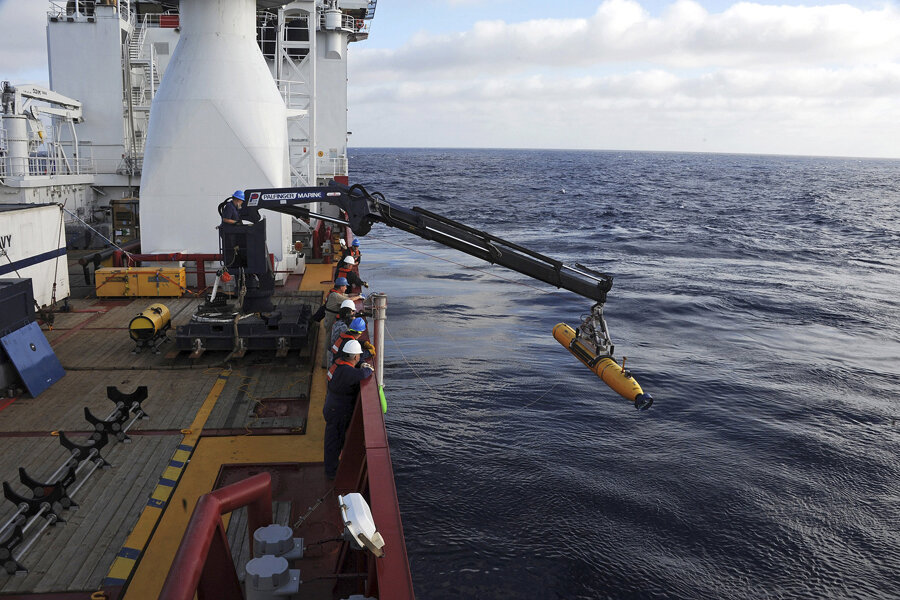Airplane debris spotted on beach. Could it be the missing MH370?
Loading...
Debris from what looks to be a plane has washed up on Réunion Island, a French territory off the east coast of Africa.
But officials say it is still too early to suggest that the wreckage is from the missing Malaysia Airlines Flight MH370, believed to have crashed in the Indian Ocean last March.
“People are getting ahead of themselves over this,” Eric Chesneau, an air transport police officer on Réunion Island, told Reuters in response to public speculation. “It is more than likely plane debris, [but] we don't know what exact part it may be.”
A French official with knowledge of the investigation has told The New York Times that the apparent wing flap is possibly from a Boeing 777, the same aircraft used on flight MH370.
The object is about 9 feet long and 3 feet wide, added the official, and it appears to have been in the water for a very long time.
Xavier Tytelman, a former French military pilot who specializes in aviation security, claimed he had been sent photos of the wreckage by a man living on the island.
“I've been studying hundreds of photos and speaking to colleagues,” Mr. Tytelman told The Telegraph. “And we all think it is likely that the wing is that of a Boeing 777 – the same plane as MH370.”
Adjutant Christian Retournat told CNN that the debris was spotted Wednesday morning off the coast of the island community St. Andre and was carried inland. He also said it resembled an airplane’s wing flap.
Since MH370 disappeared with 239 people aboard more than a year ago, the flight has become one of the most captivating mysteries in aviation history. Search efforts led by Australia have focused on a broad expanse of the southern Indian Ocean, though Prime Minister Tony Abbott has emphasized that the search “can’t go on forever.”
But in April, officials from Australia, Malaysia, and China affirmed their commitment to the search, announcing that the search area would be expanded by another 23,000 square miles in the Indian Ocean if the plane was not found by May.
“If it’s really from that airplane, it is way far from where it was last spotted, near the southern tip of Vietnam – roughly 3,800 miles away,” reported Wired on Wednesday. “Which means it’s also way far from where the search for the plane has been concentrated.”
French aviation safety authorities have begun an investigation, reported the Times. They are believed to be in the process of designating a laboratory in France where the object would be taken for examination.
Determining where the debris came from will probably take several weeks, said the French official.
This report contains material from Reuters.






